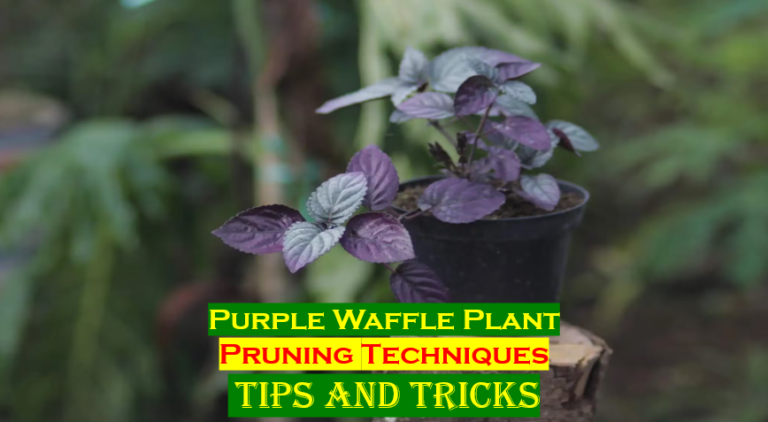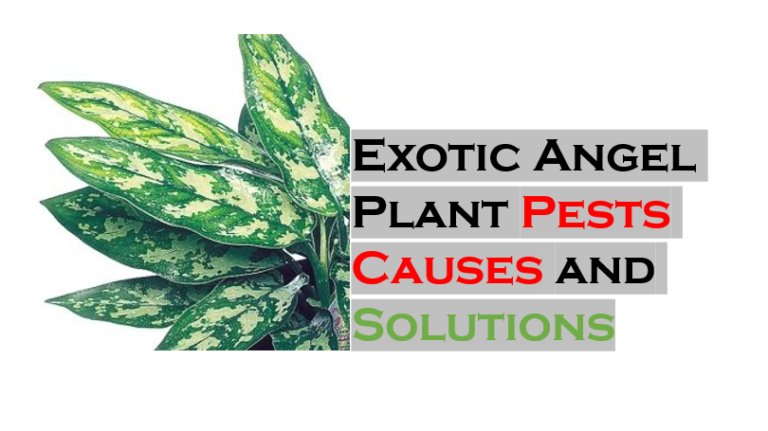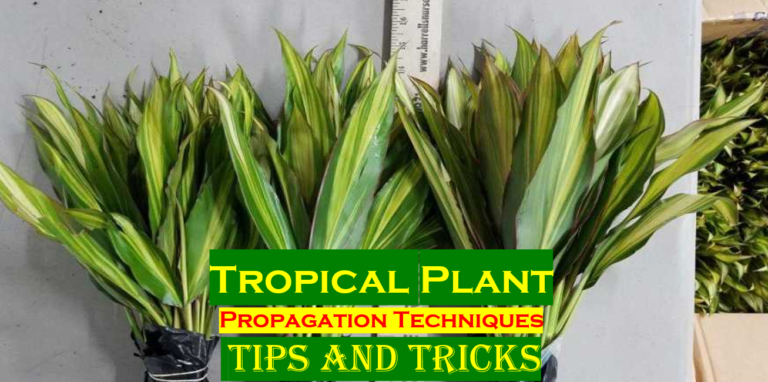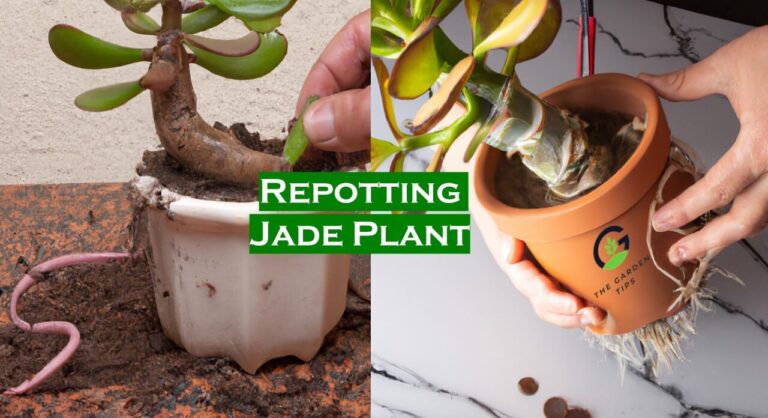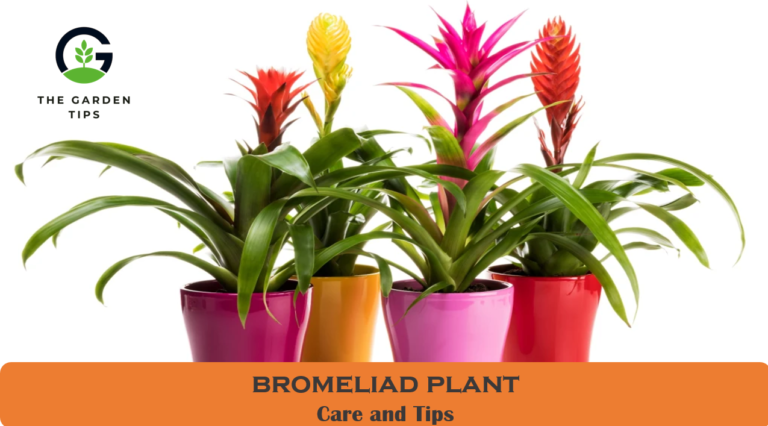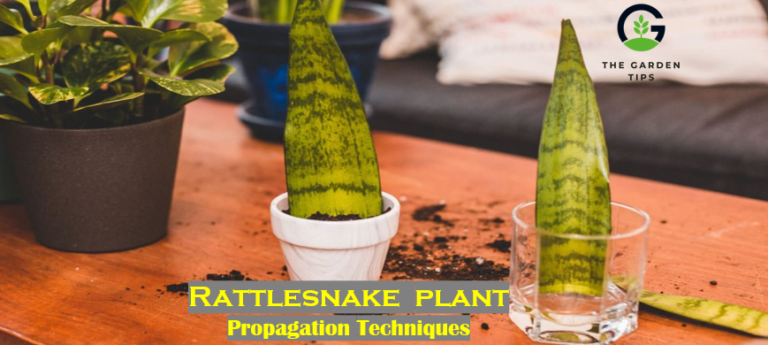Do you want to improve your lawn or indoor beauty with elegant and colorful plants? Then you will surely love the Polka Dot Plant, also known as Hypoestes Phyllostachya.
Propagation of the Polka Dot Plant becomes easy when you know how to care for Polka Dot Plant. It has a variety of ranges and tones of silver, green, and pink. Planting the polka dot plant indoors can make your house look more beautiful and colorful.
There are only a few tips for maintaining the polka dot plant; it does not require full-day attention or specific needs. Here is the complete information about this plant’s environment and needs. Providing a proper environment will make your plant’s growth super-efficient.
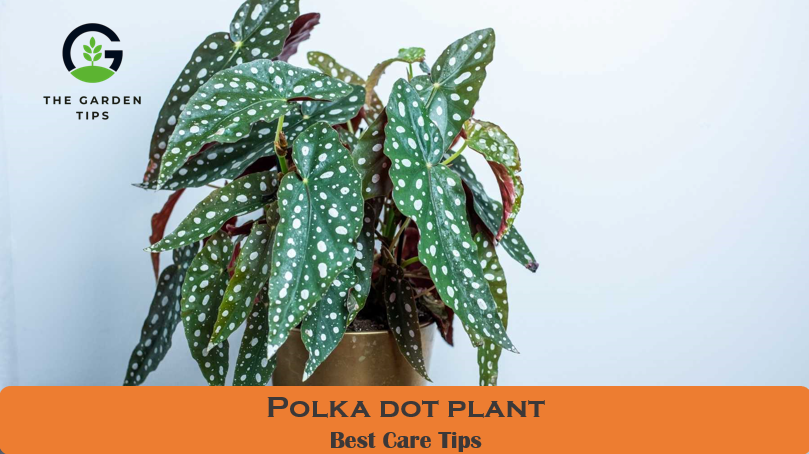
Polka Dot Plant Care Guide
If you want your polka dot plant to grow with hundreds of flowers, follow the table that provides you with all the important information about these plants.
Growing Guide of Polka Dot Plant (Complete Overview)
| Botanical Name: | Hypoestes Phyllostachya |
| Plant Type: | Herbaceous, perennial |
| Hardiness zone: | 10 to 11 |
| Native: | Madagascar |
| Varieties: | Pink Brocade, Confetti, Pink Dot, Purpariana and Carmina |
| Soil types: | Moist and well drained |
| Soil pH: | 6.1 to 7.3 |
| Water: | Constantly moist but not too wet |
| Sun Exposure: | partial |
| Temperature requirement: | 70 to 75-degree F |
| Humidity: | 50% |
| Plant Mature Size: | 1-2 feet tall and 1-2 feet wider |
| Flower Color: | Pink and lilac |
| Bloom Time: | Early fall or summer |
| Bloom Duration: | From late spring to the middle of summer |
| Blooms in a year: | Once a year |
| Pests: | Aphids, mealybugs, thrips, spider mites, and blackfly |
| Diseases: | Leaf-spot disease, soot rot, powdery mildew, and rust |
| Fertilizer requirement: | Once a week with a balanced fertilizer such as 20-20-20 |
| Toxicity: | Non-toxic |
| Usage: | Use in homes for filtering the air and reducing stress |
| Repellent Characteristics: | N/A |
How You Can Repot Polka Dot Plant
Here are some steps that you have to follow if you want to repot your polka dot plant:
- When the roots start growing out of the drainage holes, it is time for repotting.
- Grab the pot that is larger than the previous pot but should not be wide, more than 2 inches, and deep more than 2 inches than the previous one.
- Remove the plant from the old pot and gently place it into the new pot.
- It would be best if you cut the ends of the roots to aid the rooting process
- Fill the pot with moist and well-drained soil with a lot of nutrients.
- After filling the pot with soil, water it according to the requirement.
- Place the plant in a partially sunny area where direct sunlight does not hit the plant.
Polka Dot Plant Best Care Tips
Here are basic tips that are essential for polka dot plant:
Best Soil
- Organic rich, and well-drained soil is best for growing polka dot plants.
- It is necessary to use the elements in soil rich in nutrients and drainage, so the soil will not dry quickly.
Light
- Ensure bright sunlight or a medium light spot; it is best for its growth.
- The plant’s color will fade away if there is no proper light.
Temperature
- The best room temperature for a polka dot plant is 70-75 degrees F.
- Always remember to keep away the polka dot plant from drafty areas.
Water
- This plant needs the soil moist but not soggy; it will rot the roots.
- The polka dot plant needs water twice a week.
Pest
- Aphids, mealybugs, thrips, spider mites, and blackflies are the common bugs that harm the polka dot plant leaves.
- Use insecticidal soap or neem oil to prevent the plant from them
Diseases
- Powdery mildew, leaf-spot disease, root rot, and rust are common diseases in the polka dot plant.
- Use ½ strength soap to wash the leaves and plant gently to avoid diseases.
Fertilizer
- During the growing seasons, the polka dot plant must be fertilized once a month with a ratio of 20-20-20.
- Over-fertilization can cause the leaves to turn yellow or brown, so fertilize them according to the requirement.
FAQs
What Conditions Help The Polka Dot Plant To Grow Effectively?
Polka dot plant only needs specific temperature and humidity to help them grow efficiently. It is essential to provide 70-75-degree F temperature, moist air and soil, proper humidity level, and a better sunlight location to make this plant grow tall.
Do You Need Big Pots For Repotting Polka Dot Plants?
Polka dot plants usually need 4″ and 6″ pots because their roots are tiny compared to other plants. If you get a big pot, it will be useless to plant a polka dot plant in this pot. It would be best to choose a maximum of 6 inches wider and deeper pot for polka dot plant potting r repotting.
Conclusion
You must have read all the instructions and tips required for the better growth of the polka dot plant. Adding this plant to your indoor plants would be best if you want to grow it in your room. This colorful plant looks elegant and enhances the beauty of the room. You only need a better atmosphere and care for its growth, so following the article will surely help you take care of it. Stay connected for more information and care tips for plants.


